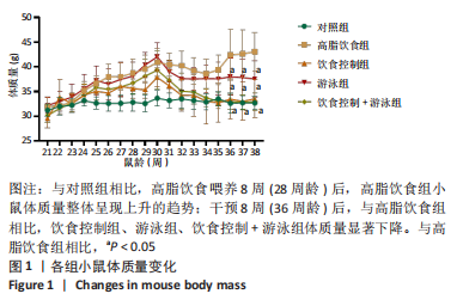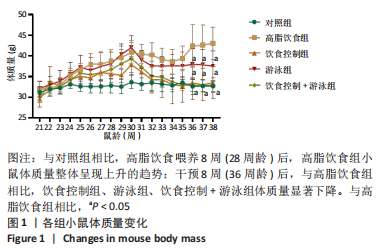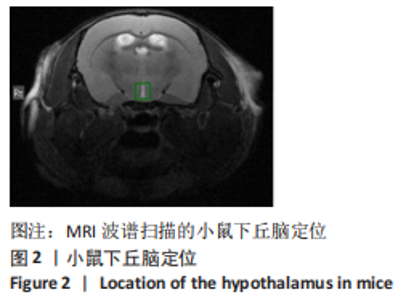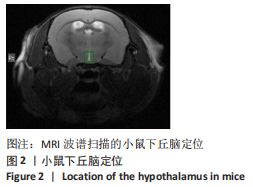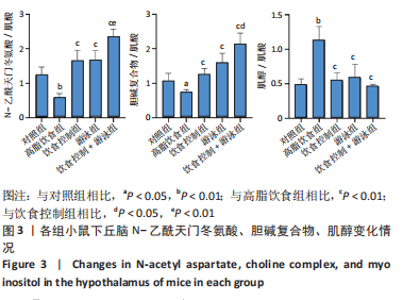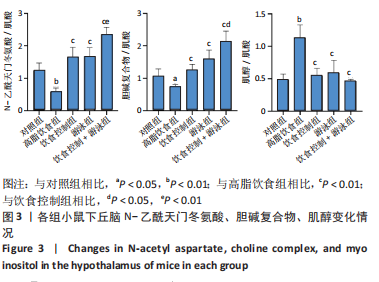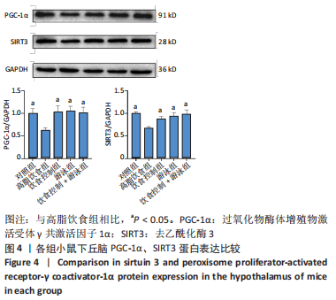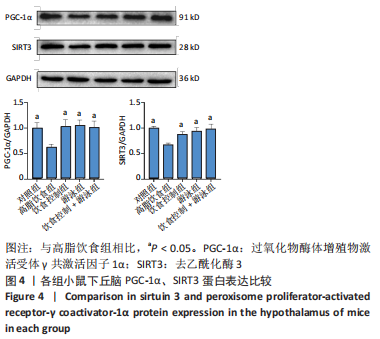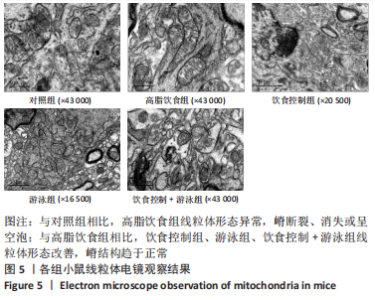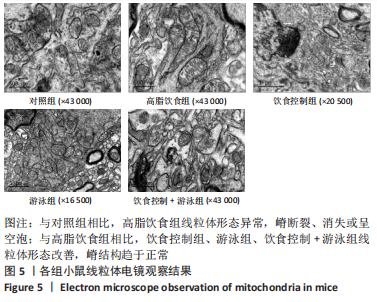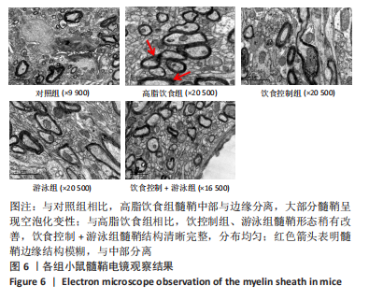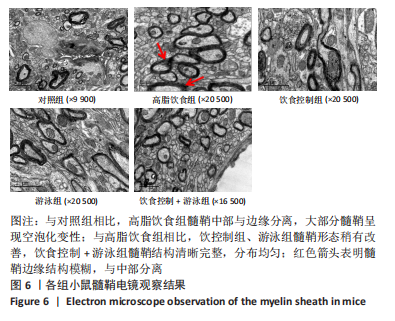[1] NEUFER PD, BAMMAN MM, MUOIO DM, et al. Understanding the Cellular and Molecular Mechanisms of Physical Activity-Induced Health Benefits. Cell Metab. 2015;22(1):4-11.
[2] JAKICIC JM, ROGERS RJ, DAVIS KK, et al. Role of Physical Activity and Exercise in Treating Patients with Overweight and Obesity. Clin Chem. 2018;64(1):99-107.
[3] HEADLAND M, CLIFTON PM, CARTER S, et al. Weight-Loss Outcomes: A Systematic Review and Meta-Analysis of Intermittent Energy Restriction Trials Lasting a Minimum of 6 Months. Nutrients. 2016;8(6):354.
[4] DOUGLASS JD, DORFMAN MD, THALER JP. Glia: silent partners in energy homeostasis and obesity pathogenesis. Diabetologia. 2017;60(2):226-236.
[5] KENNEDY GC, MITRA J. The effect of d-amphetamine on energy balance in hypothalamic obese rats. Br J Nutr. 1963;17:569-573.
[6] KENNEDY GC, MITRA J. Hypothalamic control of energy balance and the reproductive cycle in the rat. J Physiol. 1963;166:395-407.
[7] LIZARBE B, CHERIX A, DUARTE J, et al. High-fat diet consumption alters energy metabolism in the mouse hypothalamus. Int J Obes (Lond). 2019;43(6):1295-1304.
[8] NYAMUGENDA E, TRENTZSCH M, RUSSELL S, et al. Injury to hypothalamic Sim1 neurons is a common feature of obesity by exposure to high-fat diet in male and female mice. J Neurochem. 2019;149(1):73-97.
[9] ZHANG N, BI S. Effects of physical exercise on food intake and body weight: Role of dorsomedial hypothalamic signaling. Physiol Behav. 2018;192:59-63.
[10] SHIUCHI T, MIYATAKE Y, OTSUKA A, et al. Role of orexin in exercise-induced leptin sensitivity in the mediobasal hypothalamus of mice. Biochem Biophys Res Commun. 2019;514(1):166-172.
[11] CHANG GR, HOU PH, CHEN WK, et al. Exercise Affects Blood Glucose Levels and Tissue Chromium Distribution in High-Fat Diet-Fed C57BL6 Mice. Molecules. 2020;25(7):1658.
[12] HAN B, JIANG W, LIU H, et al. Upregulation of neuronal PGC-1alpha ameliorates cognitive impairment induced by chronic cerebral hypoperfusion. Theranostics. 2020;10(6):2832-2848.
[13] KUMAR S, LOMBARD DB. Mitochondrial sirtuins and their relationships with metabolic disease and cancer. Antioxid Redox Signal. 2015;22(12): 1060-1077.
[14] YIN J, NIELSEN M, CARCIONE T, et al. Apolipoprotein E regulates mitochondrial function through the PGC-1alpha-sirtuin 3 pathway. Aging (Albany NY). 2019;11(23):11148-11156.
[15] BRANDON JA, FARMER BC, WILLIAMS HC, et al. APOE and Alzheimer’s Disease: Neuroimaging of Metabolic and Cerebrovascular Dysfunction. Front Aging Neurosci. 2018;10:180.
[16] CHIRICO EN, Di CATALDO V, CHAUVEAU F, et al. Magnetic resonance imaging biomarkers of exercise-induced improvement of oxidative stress and inflammation in the brain of old high-fat-fed ApoE(-/-) mice. J Physiol. 2016;594(23):6969-6985.
[17] WANROOY BJ, KUMAR KP, WEN SW, et al. Distinct contributions of hyperglycemia and high-fat feeding in metabolic syndrome-induced neuroinflammation. J Neuroinflammation. 2018;15(1):293.
[18] COURTIES A, SELLAM J, BERENBAUM F. Metabolic syndrome-associated osteoarthritis. Curr Opin Rheumatol. 2017;29(2):214-222.
[19] 谭吉凤, 肖轶卉, 王果, 等. 高脂饮食联合光照周期改变对不同性别小鼠体重的影响[J]. 现代生物医学进展,2022,22(10):1817-1820.
[20] 欧海龙, 张礼林, 何晓兰, 等. ApoE~(-/-)小鼠动脉粥样硬化模型的建立[J]. 生命科学研究,2015,19(2):141-144.
[21] 吕昕儒, 魏伟, 王夏蕾, 等. 基于胆固醇逆转运探讨泽泻白术配伍改善ApoE~(-/-)小鼠动脉粥样硬化的作用[J]. 中国动脉硬化杂志, 2021,29(4):286-294.
[22] CHAKRABORTY G, MEKALA P, YAHYA D, et al. Intraneuronal N-acetylaspartate supplies acetyl groups for myelin lipid synthesis: evidence for myelin-associated aspartoacylase. J Neurochem. 2001; 78(4):736-745.
[23] LOPEZ-VALDES HE, MARTINEZ-CORIA H. The Role of Neuroinflammation in Age-Related Dementias. Rev Invest Clin. 2016;68(1):40-48.
[24] CHANG L, MUNSAKA SM, KRAFT-TERRY S, et al. Magnetic resonance spectroscopy to assess neuroinflammation and neuropathic pain. J Neuroimmune Pharmacol. 2013;8(3):576-593.
[25] LIZARBE B, SOARES AF, LARSSON S, et al. Neurochemical Modifications in the Hippocampus, Cortex and Hypothalamus of Mice Exposed to Long-Term High-Fat Diet. Front Neurosci. 2018;12:985.
[26] CHERIX A, SONTI R, LANZ B, et al. In Vivo Metabolism of [1,6-(13)C2]Glucose Reveals Distinct Neuroenergetic Functionality between Mouse Hippocampus and Hypothalamus. Metabolites. 2021;11(1):50.
[27] JOSHI AU, MOCHLY-ROSEN D. Mortal engines: Mitochondrial bioenergetics and dysfunction in neurodegenerative diseases. Pharmacol Res. 2018;138:2-15.
[28] JIN S, DIANO S. Mitochondrial Dynamics and Hypothalamic Regulation of Metabolism. Endocrinology. 2018;159(10):3596-3604.
[29] CARRARO RS, SOUZA GF, SOLON C, et al. Hypothalamic mitochondrial abnormalities occur downstream of inflammation in diet-induced obesity. Mol Cell Endocrinol. 2018;460:238-245.
[30] WARDELMANN K, BLUMEL S, RATH M, et al. Insulin action in the brain regulates mitochondrial stress responses and reduces diet-induced weight gain. Mol Metab. 2019;21:68-81.
[31] RAEFSKY SM, MATTSON MP. Adaptive responses of neuronal mitochondria to bioenergetic challenges: Roles in neuroplasticity and disease resistance. Free Radic Biol Med. 2017;102:203-216.
[32] REAL-HOHN A, NAVEGANTES C, RAMOS K, et al. The synergism of high-intensity intermittent exercise and every-other-day intermittent fasting regimen on energy metabolism adaptations includes hexokinase activity and mitochondrial efficiency. PLoS One. 2018;13(12):e202784.
[33] WANG SY, ZHU S, WU J, et al. Exercise enhances cardiac function by improving mitochondrial dysfunction and maintaining energy homoeostasis in the development of diabetic cardiomyopathy. J Mol Med (Berl). 2020;98(2):245-261.
[34] PEERAPANYASUT W, KOBROOB A, PALEE S, et al. Activation of Sirtuin 3 and Maintenance of Mitochondrial Integrity by N-Acetylcysteine Protects Against Bisphenol A-Induced Kidney and Liver Toxicity in Rats. Int J Mol Sci. 2019;20(2):267.
[35] ZHANG J, XIANG H, LIU J, et al. Mitochondrial Sirtuin 3: New emerging biological function and therapeutic target. Theranostics. 2020;10(18): 8315-8342.
[36] RIUS-PEREZ S, TORRES-CUEVAS I, MILLAN I, et al. PGC-1alpha, Inflammation, and Oxidative Stress: An Integrative View in Metabolism. Oxid Med Cell Longev. 2020;2020:1452696.
[37] JOHNSON ML, IRVING BA, LANZA IR, et al. Differential Effect of Endurance Training on Mitochondrial Protein Damage, Degradation, and Acetylation in the Context of Aging. J Gerontol A Biol Sci Med Sci. 2015;70(11):1386-1393.
[38] PEREZ S, RIUS-PEREZ S, FINAMOR I, et al. Obesity causes PGC-1alpha deficiency in the pancreas leading to marked IL-6 upregulation via NF-kappaB in acute pancreatitis. J Patho. 2019;247(1):48-59.
[39] BAE JY, WOO J, KANG S, et al. Effects of detraining and retraining on muscle energy-sensing network and meteorin-like levels in obese mice. Lipids Health Dis. 2018;17(1):97.
[40] CHENG A, WANG J, GHENA N, et al. SIRT3 Haploinsufficiency Aggravates Loss of GABAergic Interneurons and Neuronal Network Hyperexcitability in an Alzheimer’s Disease Model. J Neurosci. 2020; 40(3):694-709. |
